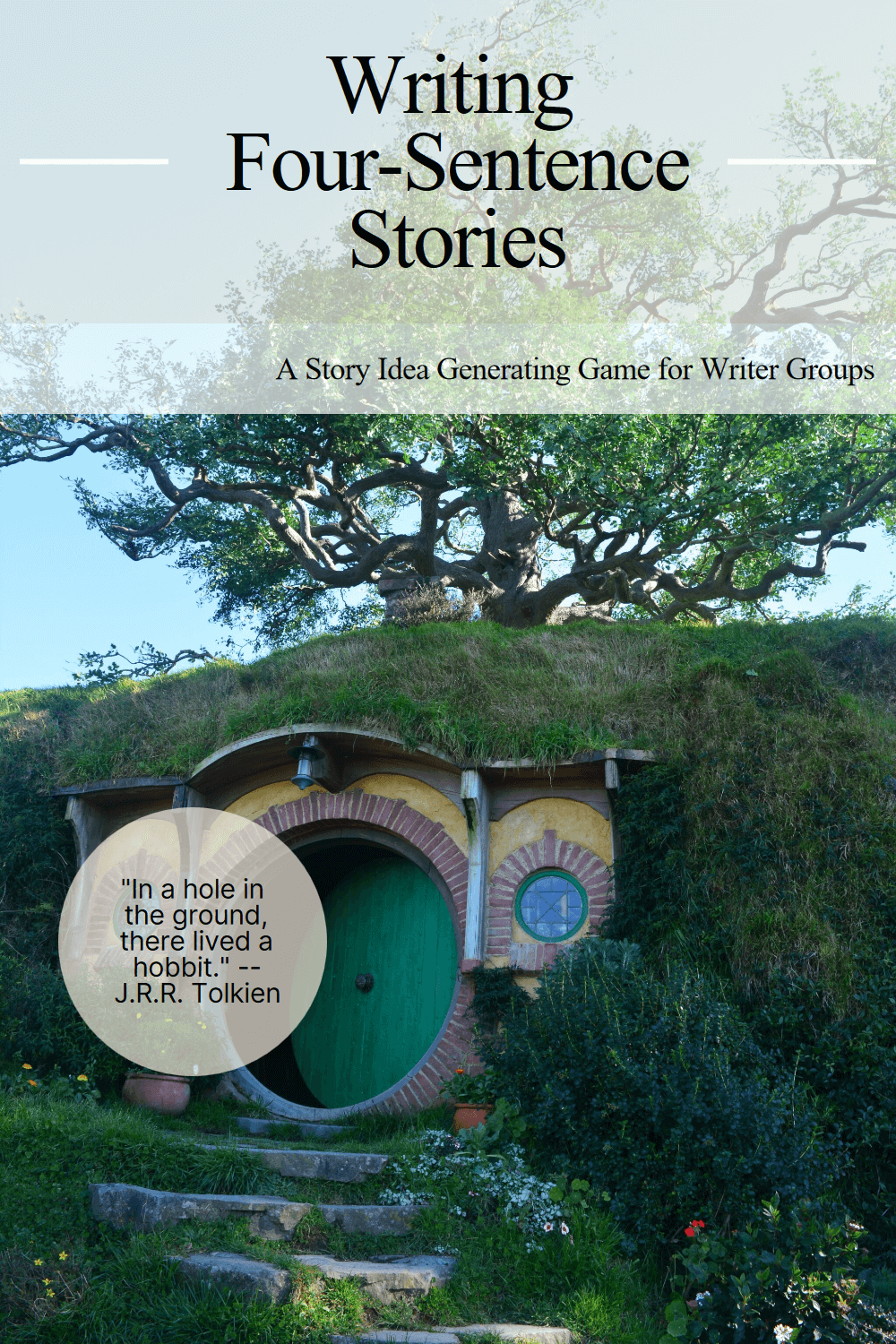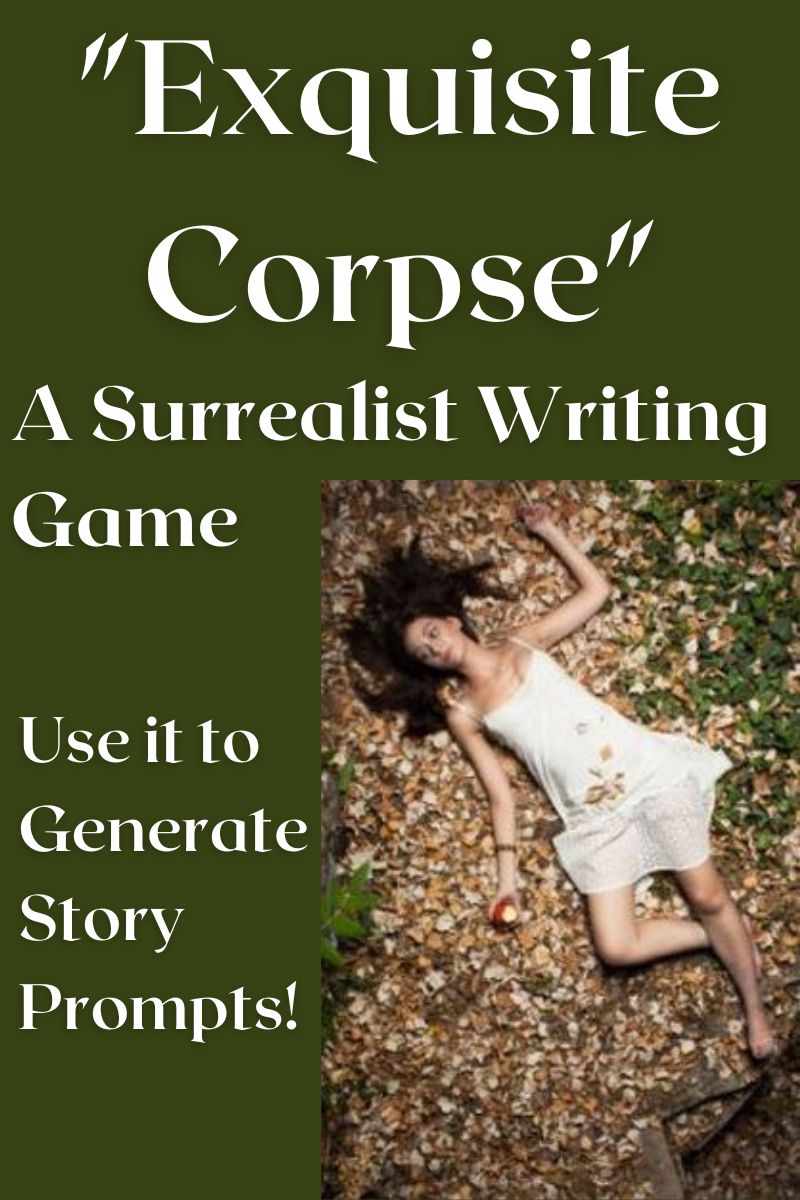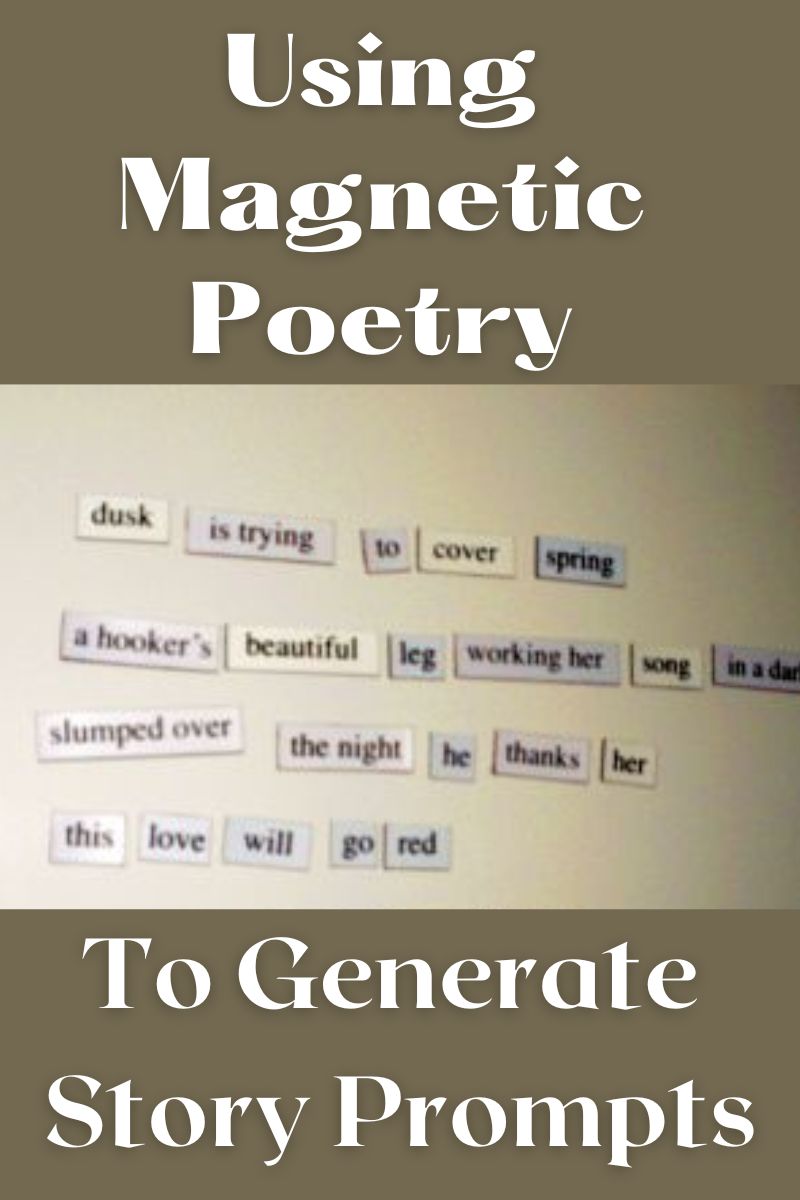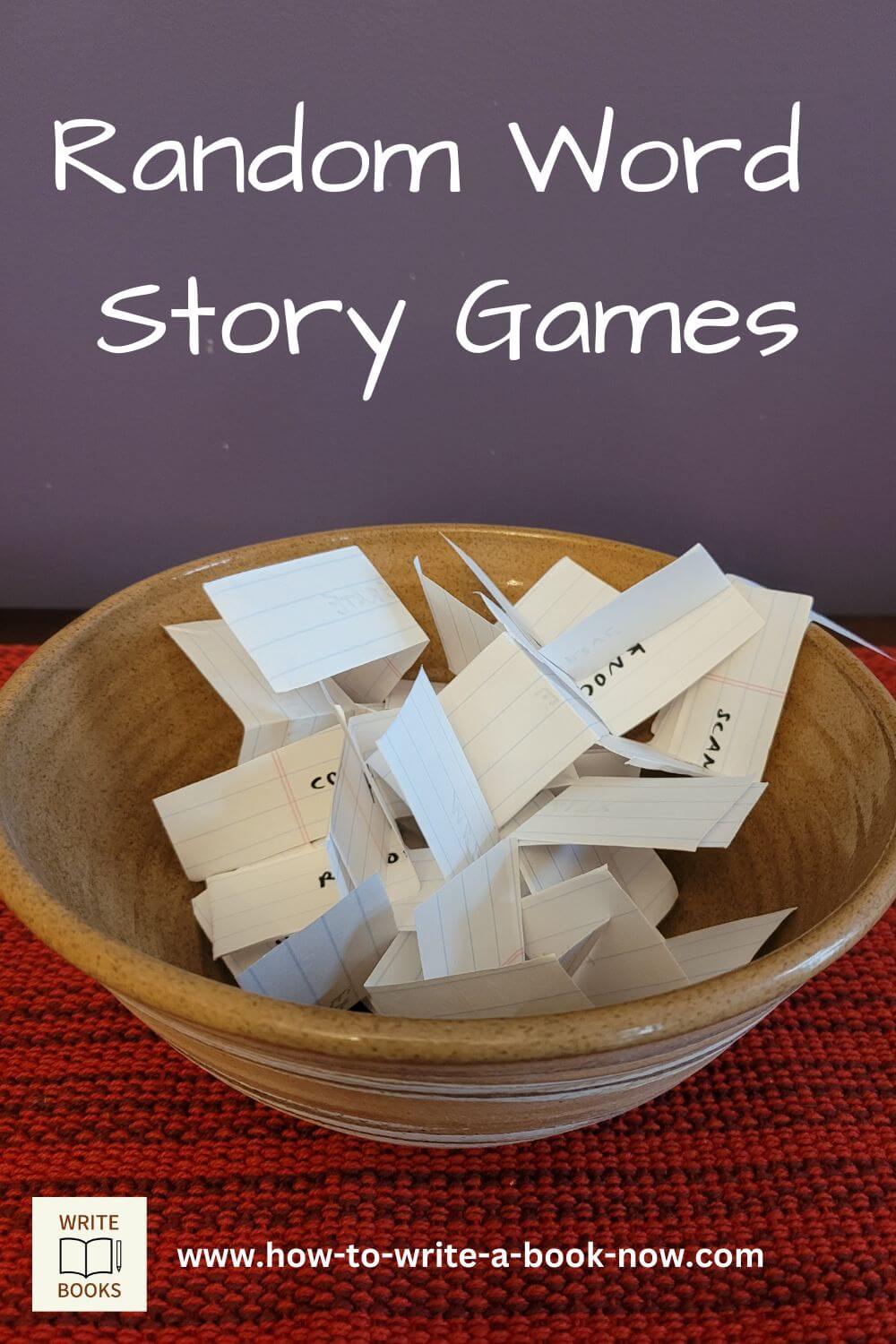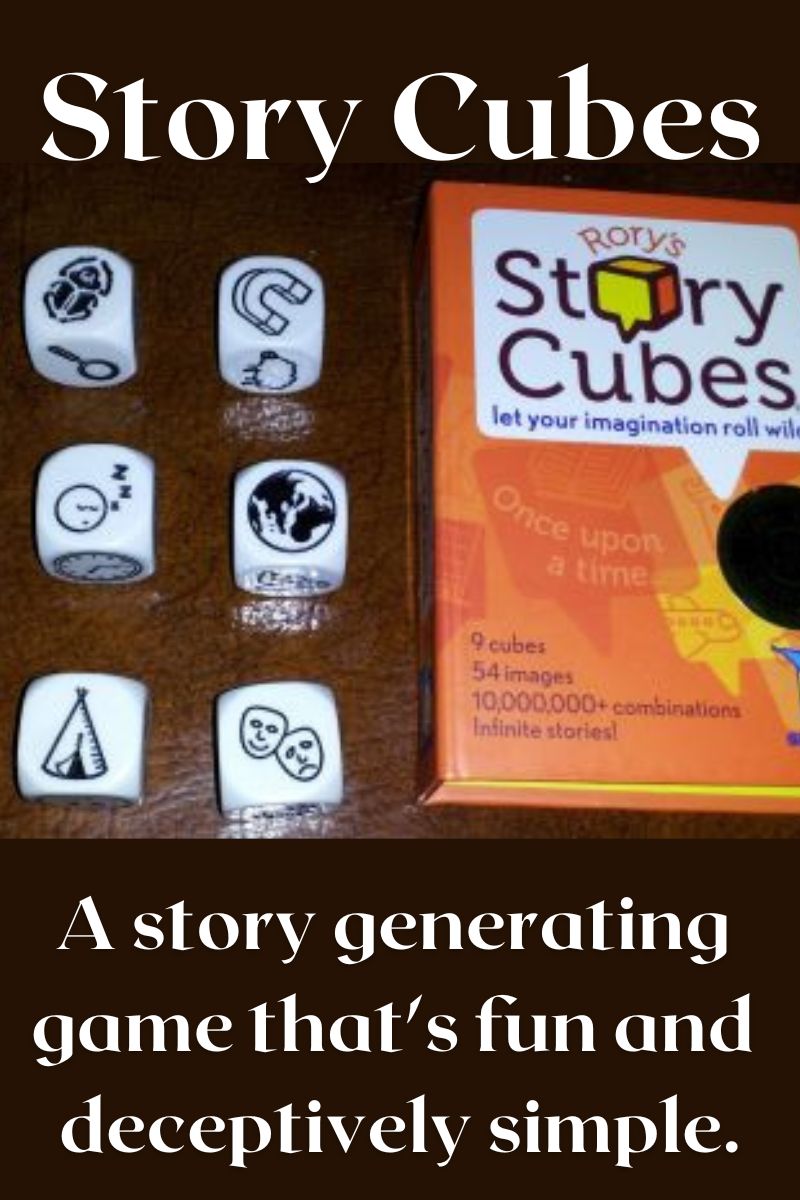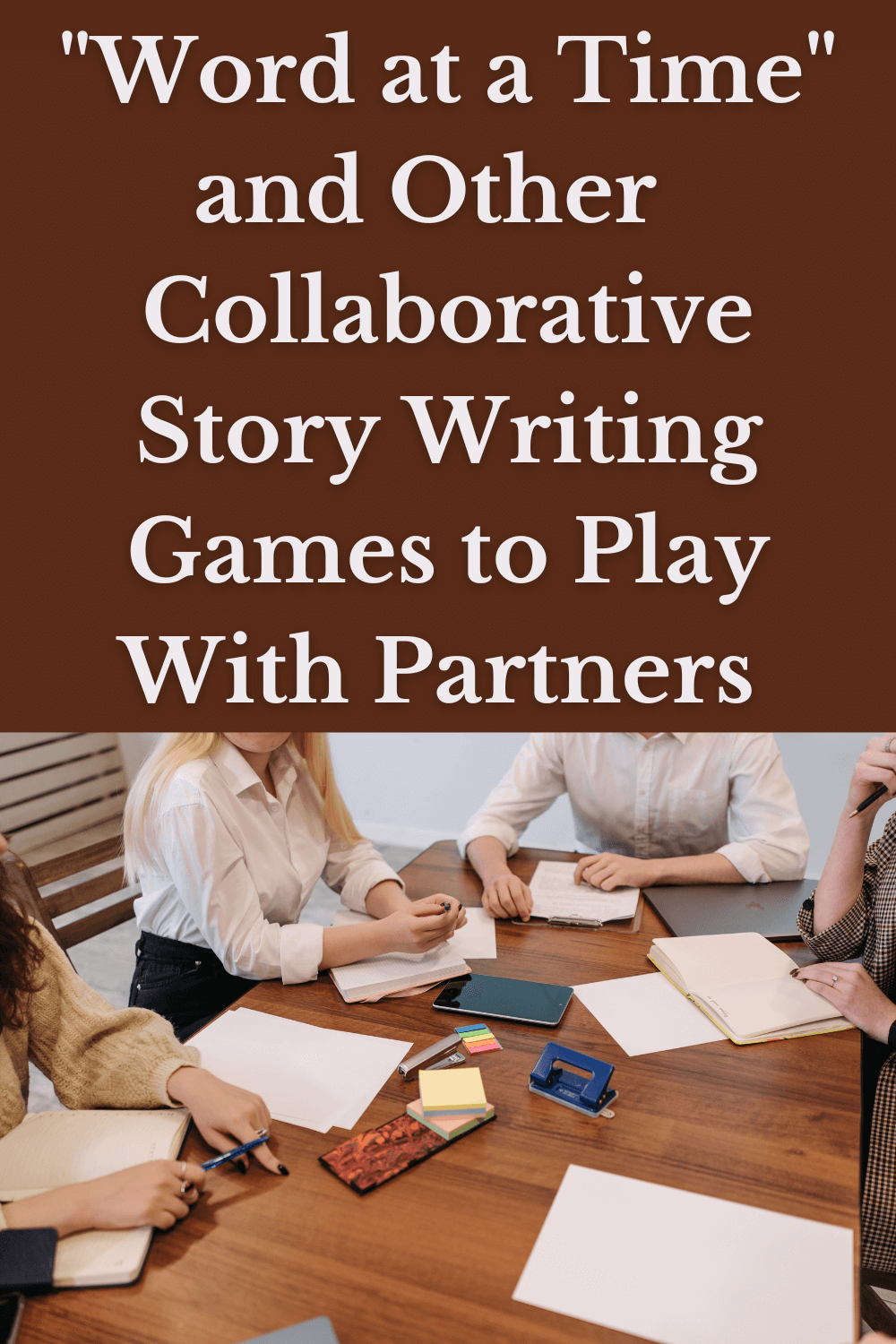Four Sentence Stories: A Simple Story Idea-Generating Game for Writer Groups
By Glen C. Strathy
I often use Four Sentence Stories as an exercise when I teach creative writing to both teenagers and adults. It's a simple party game you can play with a class or group of people to generate story ideas or writing prompts. Participants can have a lot of fun with the game, which often produces very amusing stories.
At the same time, it introduces people to the basics of story structure.
Here's how it works...
Preparation
1. Divide the group into teams.
It's usually best to have at least four teams, for reasons you'll soon discover.
Technically, you could play the game with just four people (teams of one), but it's more fun for everyone to have a couple of partners to work with. Three to five players per group works well. More than that starts to become a little unwieldy.
2. Each group is given a large, blank index card (5"x8"). Alternatively, a pad of paper will work. (Naturally, everyone will have pens. You're writers, right?)
Step 1: The First Sentence
Each group is given the task of writing the first sentence of a story. The sentence can be very simple, but it must contain:
a) a character
b) a setting
If this is the first time people have played the game, you may give them the following example :
"In a hole in the ground, there lived a hobbit." -- J.R.R. Tolkien
Or this one:
"In an old house in Paris that was covered in vines
Lived twelve little girls in two straight lines." -- Ludwig Bemelmans
Of course, the sentence the group creates doesn't have to be the start of a children's story. That's just one option.
Step 2: The Second Sentence
Have the groups trade cards, so that each group gets a sentence another group wrote. If you have three or more groups, have each group pass their card to the group that is clockwise to them. (This will be repeated.)
Once each group has read the sentence they received, their task is to add a second sentence to the story.
The second sentence must... introduce a problem.
No need to do anything more with the problem than simply introduce it.
(The advantage to working with a sentence another group wrote is that no group gets all the credit... or the blame... for the final product. This takes some of the pressure off and lets people enjoy the challenge.)
Step 3: The Third Sentence
Have the groups trade cards again, in the same direction, so they get a card with two sentences they have not seen before.
Once again, after each group has read the story so far, their task will be to add a sentence to the story.
This time, the sentence must describe an attempt to solve the problem.
Don't worry about whether the attempt will succeed or fail. Just have some character attempt to solve the problem.
Step 4: The Fourth Sentence
Have the groups trade cards one last time, in the same direction. If you have at least four groups, each group will get a card they have not seen before.
As you may surmise, the task will once again be to add a sentence to the story.
This fourth sentence will be the last sentence. So it must resolve the story by stating how things turned out in the end.
Step 5: Share
Once all the groups have finished, the next step is to share these four-sentence stories. Have someone from each group read their story out loud to the whole group.
Take time to point out which stories are most satisfying. Which ones told a story that has a good beginning and resolution?
The game usually takes around half an hour to play. If you have the time and the group is enjoying themselves, feel free to do another round or two.
What Four Sentence Stories Teach About Story Structure
If this is the first time the group has played this game, it's good to point out after the stories have been finished that the four sentences represent the basic structure of a four-part dramatic arc:
First sentence = the Setup
Second sentence = the Complication
Third sentence = the Crisis
Fourth sentence = the Resolution
This is the basic pattern that can be found at work in well-structured scenes, acts, full length stories, or even trilogies and tetralogies (in a trilogy, the middle two parts are combined).
Extensions
You can have participants choose one of the four sentence stories their group worked on and use it as an outline from which they will write a more developed version of the story.
It doesn't matter if more than one person chooses the same four sentence story. You could give the same one to twenty different people, ask them each to write a story based on it, and they will produce twenty very different stories.
But feel free to point out to participants that they are allowed to make whatever changes they want to the story as they write, as long as the finished version has a good story structure:
setup --> complication --> crisis --> resolution
- Home
- Writing Games
- Four Sentence Stories
